Using UX to Protect Customers
UX isn't always about removing friction—it can also act as a safeguard. In the OCI cloud console, we leveraged thoughtful design to prevent users from over-spending, improving customer experience while cutting operational costs.
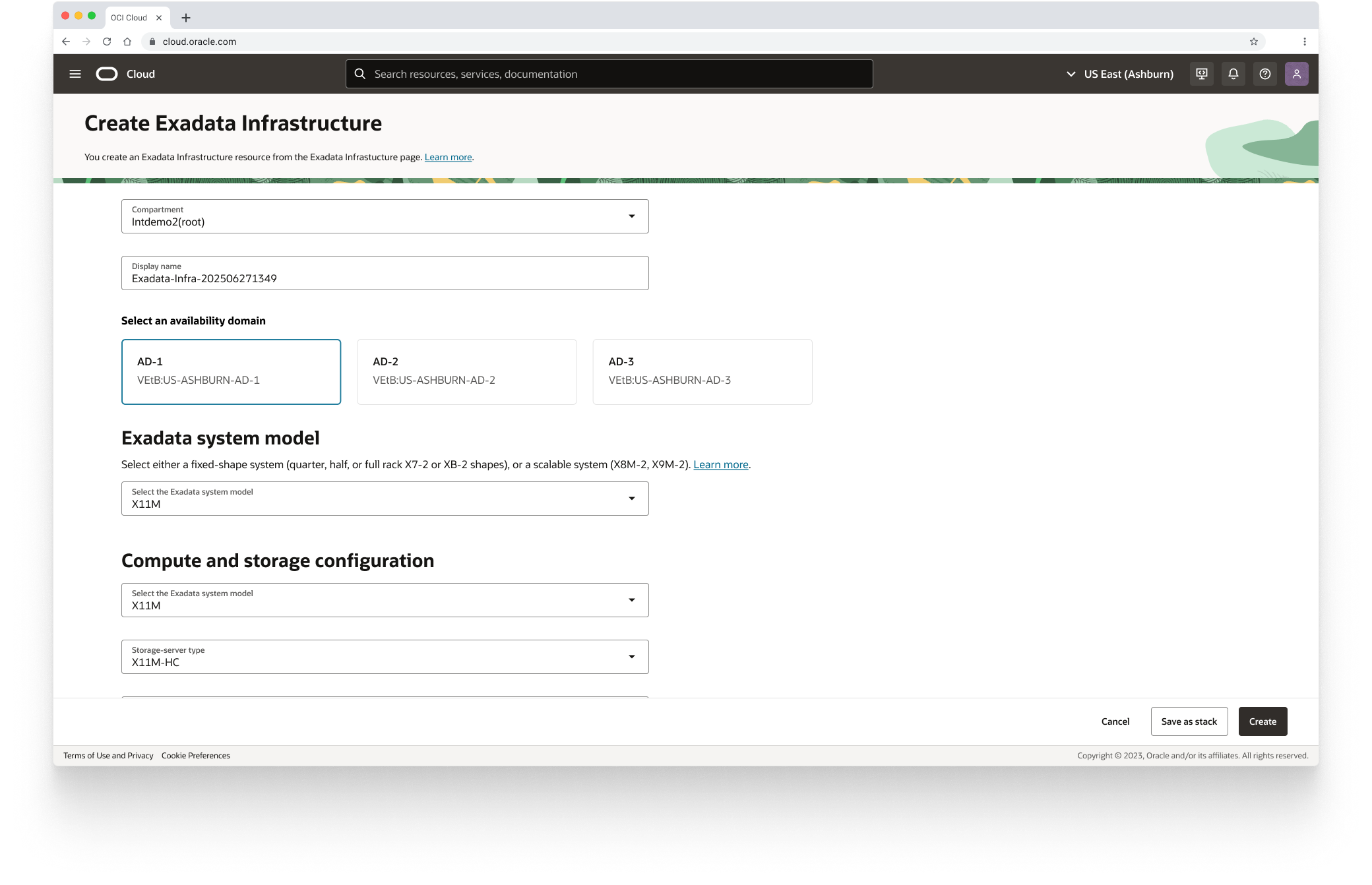
Overview:
Cloud resource limits were hidden blockers. Users would get stuck completing forms with no clear reason why, and support engineers were overloaded with fragmented requests—each triggering a separate 48-hour SLA without context.
My Role on the Project:
Principal Lead Designer | Mentor
June - July 2025
Company: OCI
The Opportunity:
A preliminary limit request system was set up for the launch of the cloud console but with it came certain problems:
- Users often filed unrelated support tickets, unaware multiple limit requests were needed.
- Support engineers couldn’t see linked requests, despite them belonging to the same user task.
- This ambiguity caused delays, confusion, and needless operational drag.
What if the cloud console product could detect when a user might be blocked via a limit? Could multiple limit requests be bundled to expedite approval and inform the support engineer that the requests are related?
Where we started:
The user experience team was brought in with an existing process in place. I was selected to be the lead designer on the project and would be mentoring another designer. We took a look at the existing process in place. There was clear room for improvement:
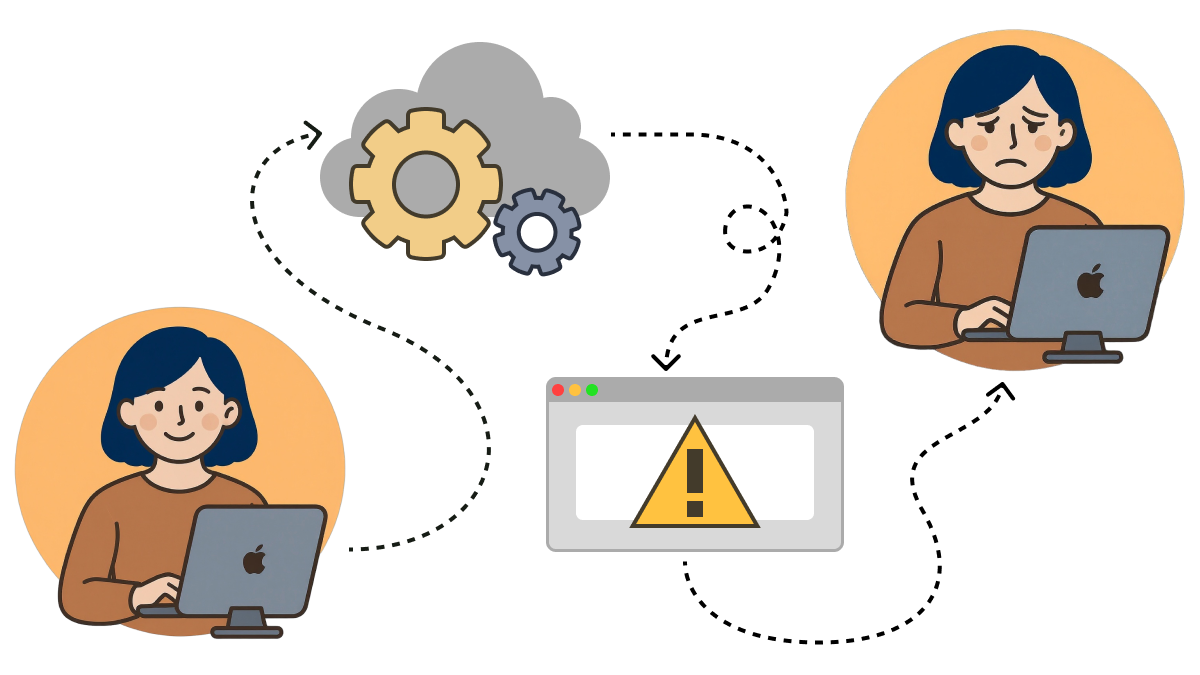
Users would complete forms and expect outputs only to be blocked by a limit restriction. Sometimes, users didn't even know why they were being blocked from completing a task.
From the company/developer point of view, support engineers would receive limit requests which would engage the company's 48 hour service level agreement (SLA). Each request would come into the queue without context and when each customer would request a limit increase, the support engineer would have no idea multiple requests could be related. Each request, whether related or not, would engage its own 48 hour SLA.
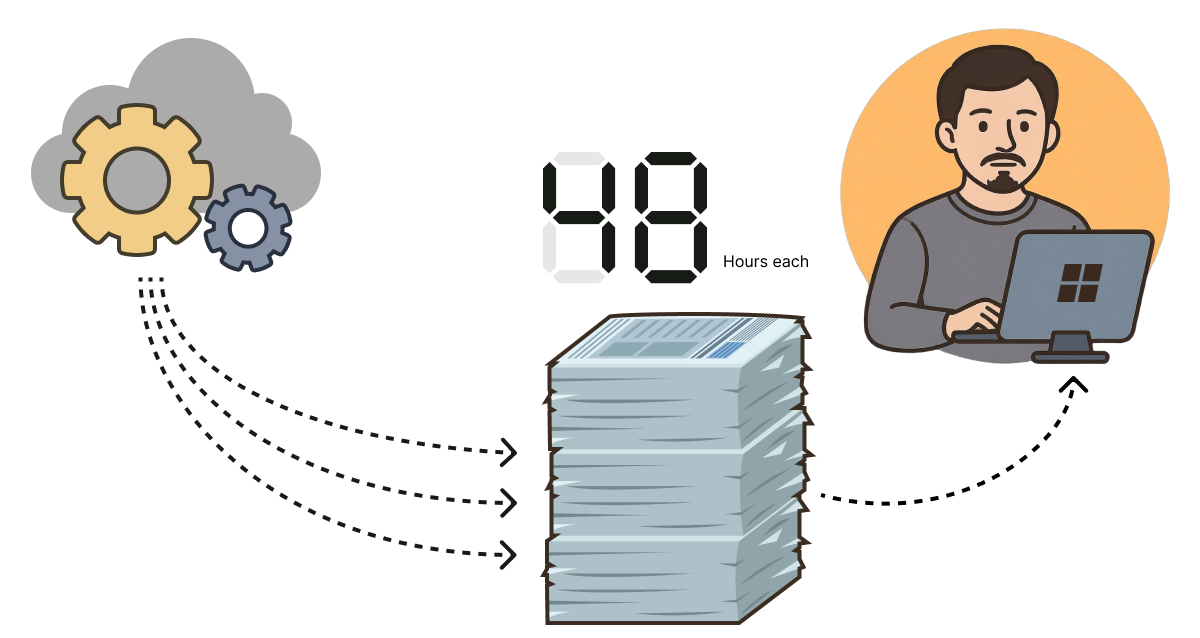
First Improvement:
Our first action was to stop the user from filling out forms that wouldn't result in giving them the service they wanted to engage. Adding an API call on page load would allow us to inform the user of their limit restriction before they engaged with the form. We also were able to deactivate the form's submission CTA to further reiterate the inability to spin up the service.
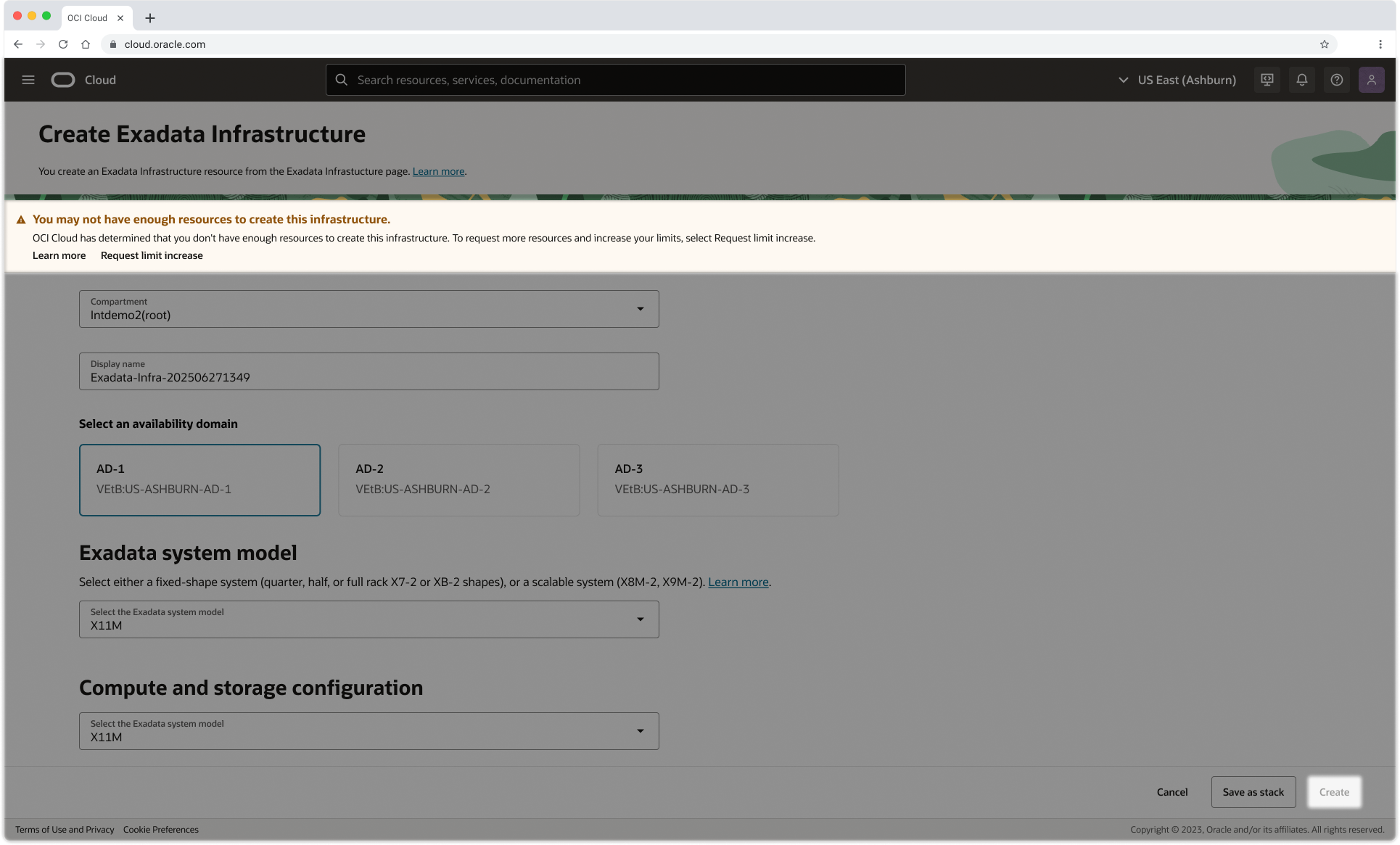
Once we have redirected the customer to a limit request form, we now want to show a multi-step process that will allow the bundling of limit requests giving context to support engineers.
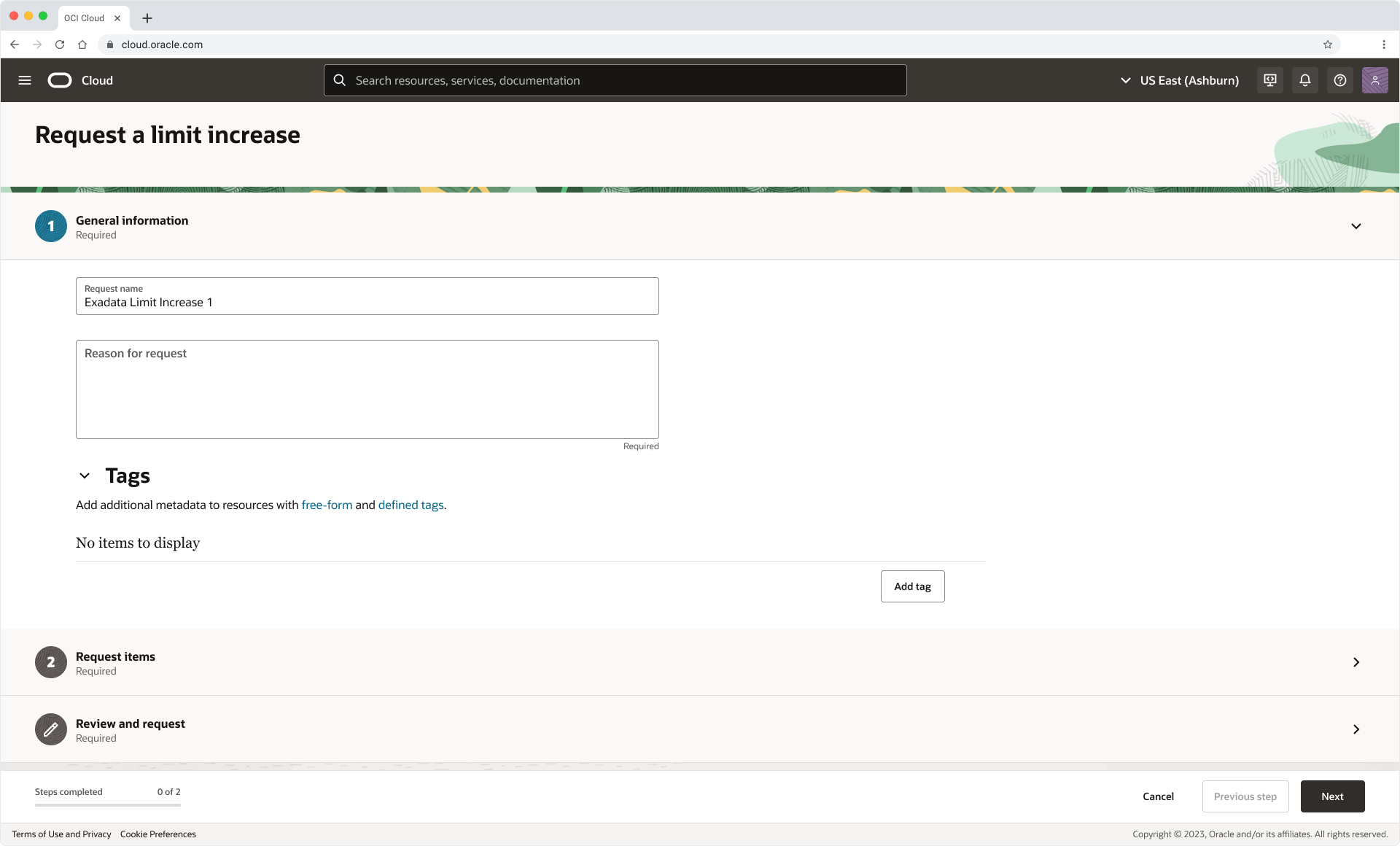
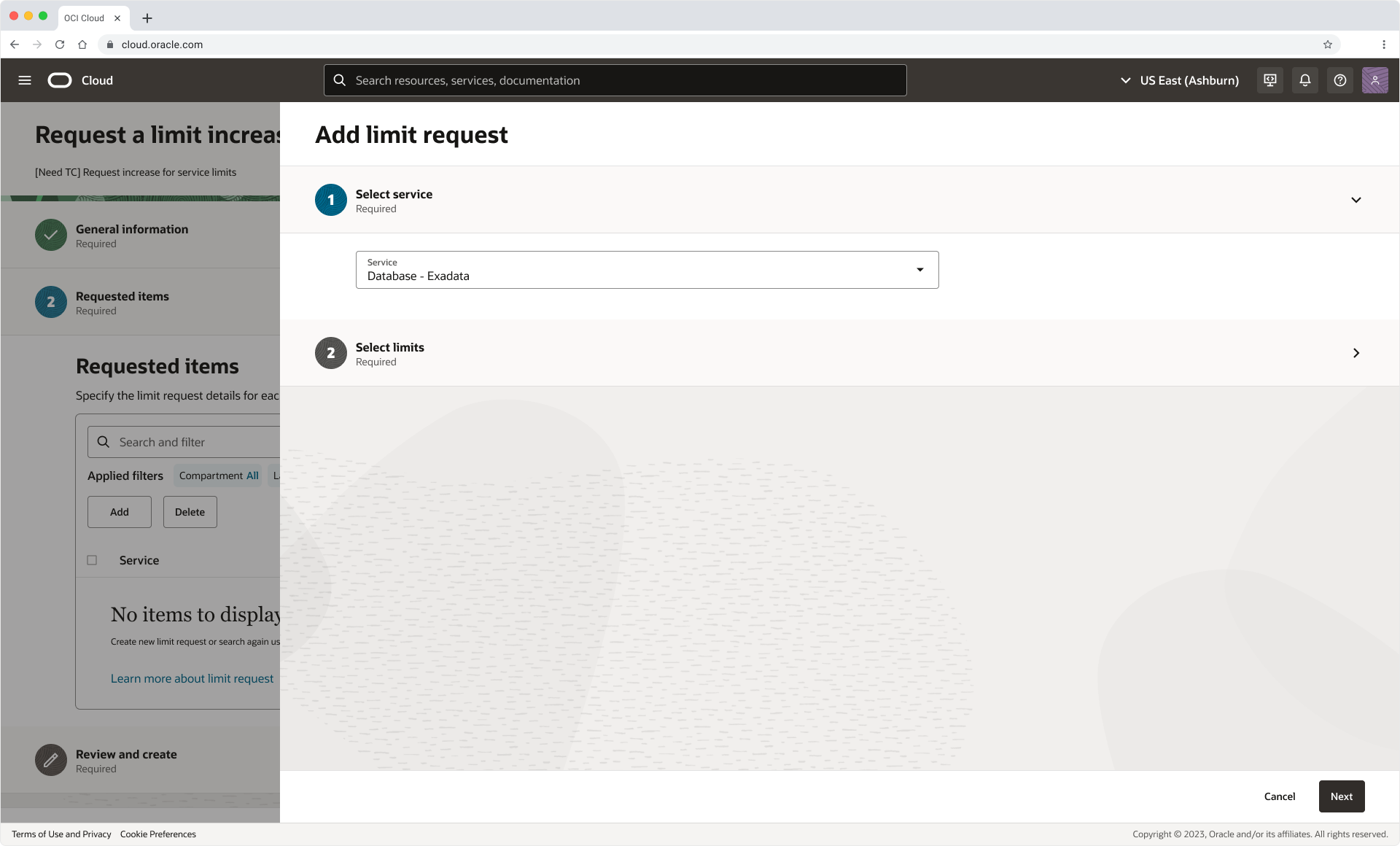
Future Proofing Our New Pattern:
Breaking our add limit request form into two steps gave us a new powerful advantage. Limit requests can be different based on service. With 180+ different services in the cloud, the need for customization is key. Step one would ask a user to select the service they wanted to be increased. Because we now know which service the user is interested in, we can customize the second step to load pertinent information for the engineer to collect.
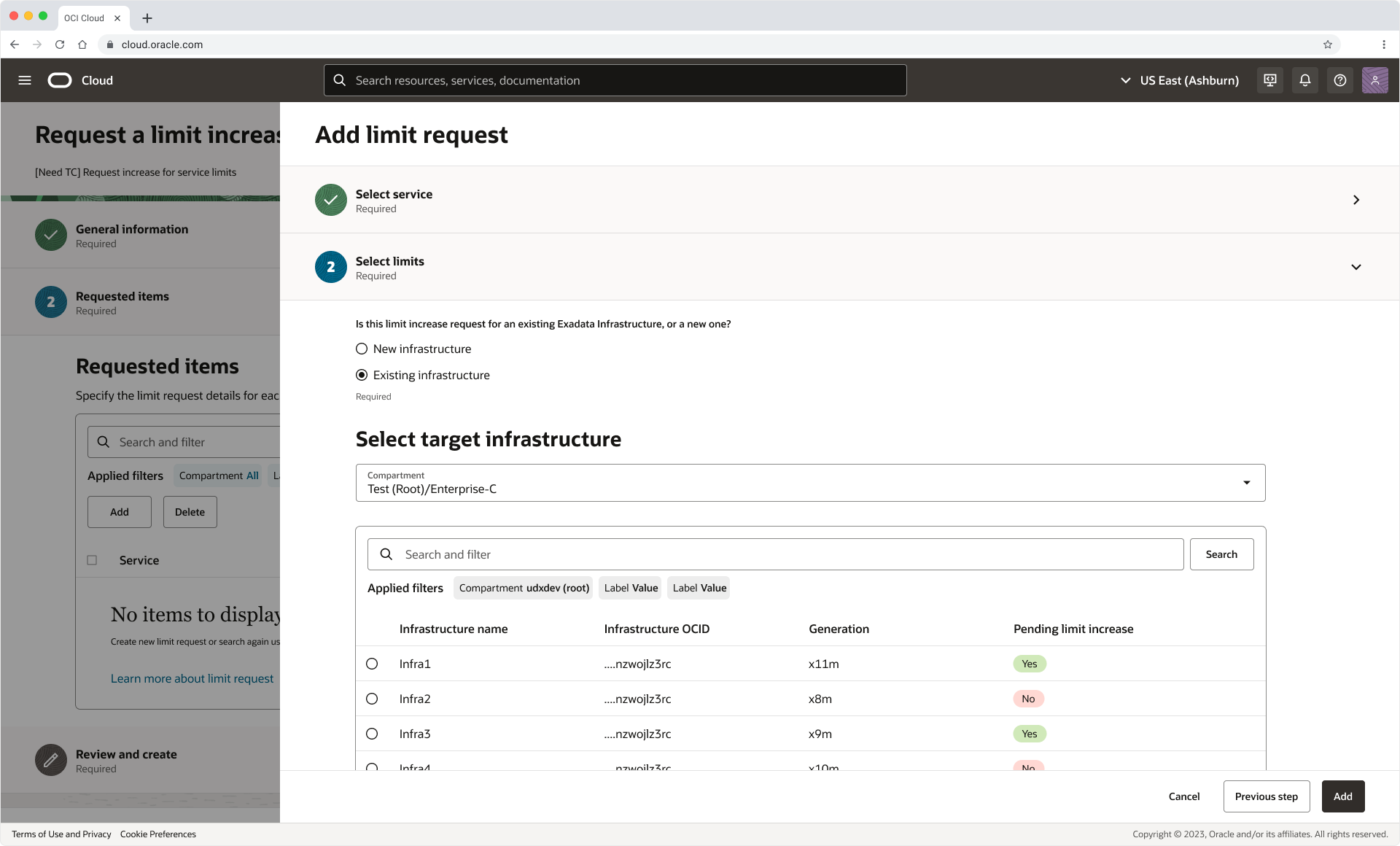
Review Multiple Limit Requests for Bundling:
The final enhancement in the round of improvements was to have a review/shopping cart-like experience where the user could review the multiple limit increases they were making. One final last check for the user to confirm they were requesting the services they needed to continue their work.
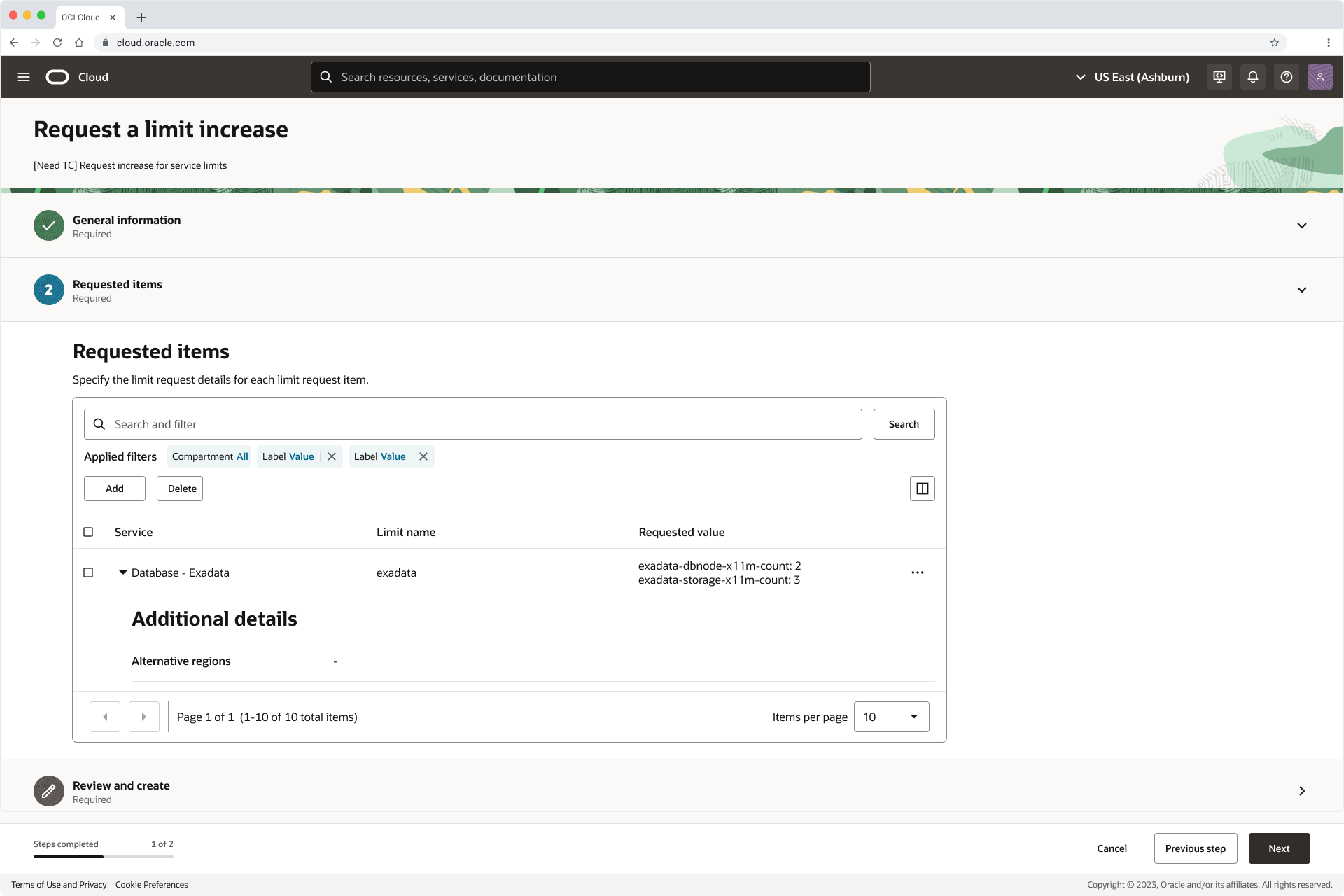
The New Process:
Now, with our new design and process, the customer can group the limit requests they want for their task. The support engineer will see the requests together engaging in a single 48 hour SLA window. The customer is freed up to begin their new work faster!
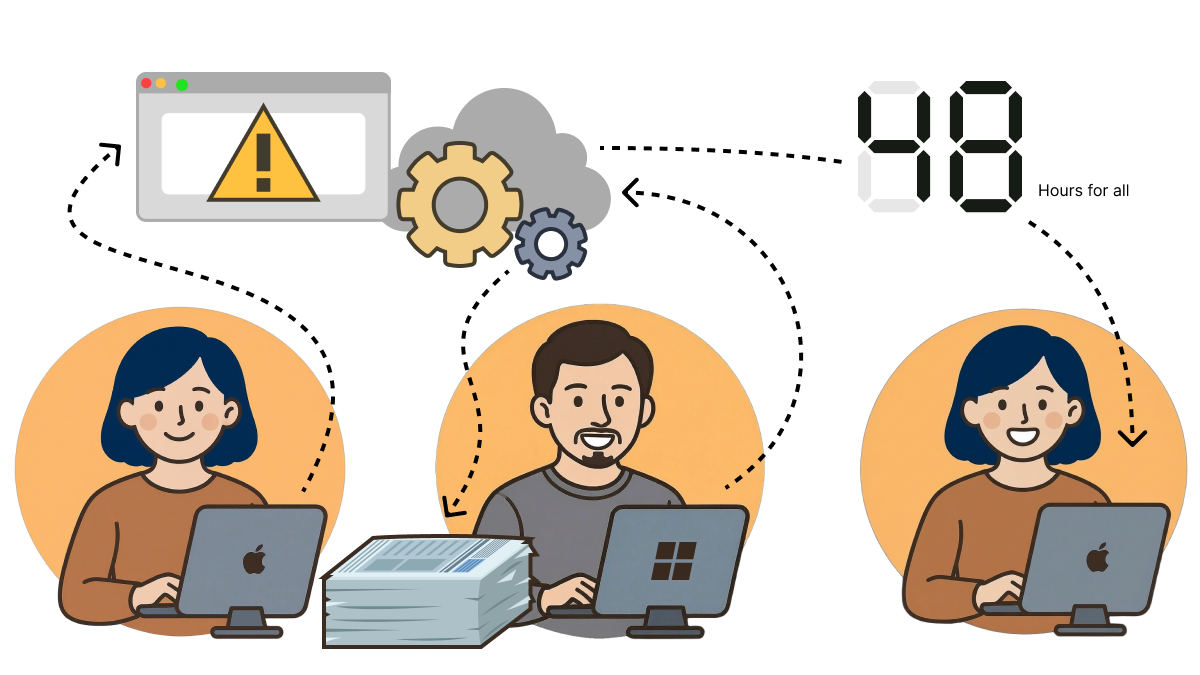
Faster removal of restrictions and allocation of new resources is a win in it's own right. This kind of experience delights the customer and can be used as a metric for customer satisfaction (one of the key performance indicators for keeping a customer in a software product). But that success alone isn't where I stopped tracking.
The business impact:
This new process sped the user experience up for the customer but it also made major improvements to the limits process and made lasting changes to the support engineer's workflow. Because of this new design and process user experience work resulted in:
70%
reduction in limit
request tickets
443,520
contractually guaranteed
SLA hours saved
$500,000
saved from annual
operating costs
The end of the project?:
Like just about most things in life, there is still room for improvement. My future thinking on this project is to bring AI into the system to populate the limit requests for the customer. Moving away from service based limits and going toward a task based limit structure will keep requests grouped and allow AI to suggest other limits before a customer knows they need them. Marrying the limit process with AI and task driven request will further enhance our customer satisfaction and increase those business impacts for the future!
Next Project:
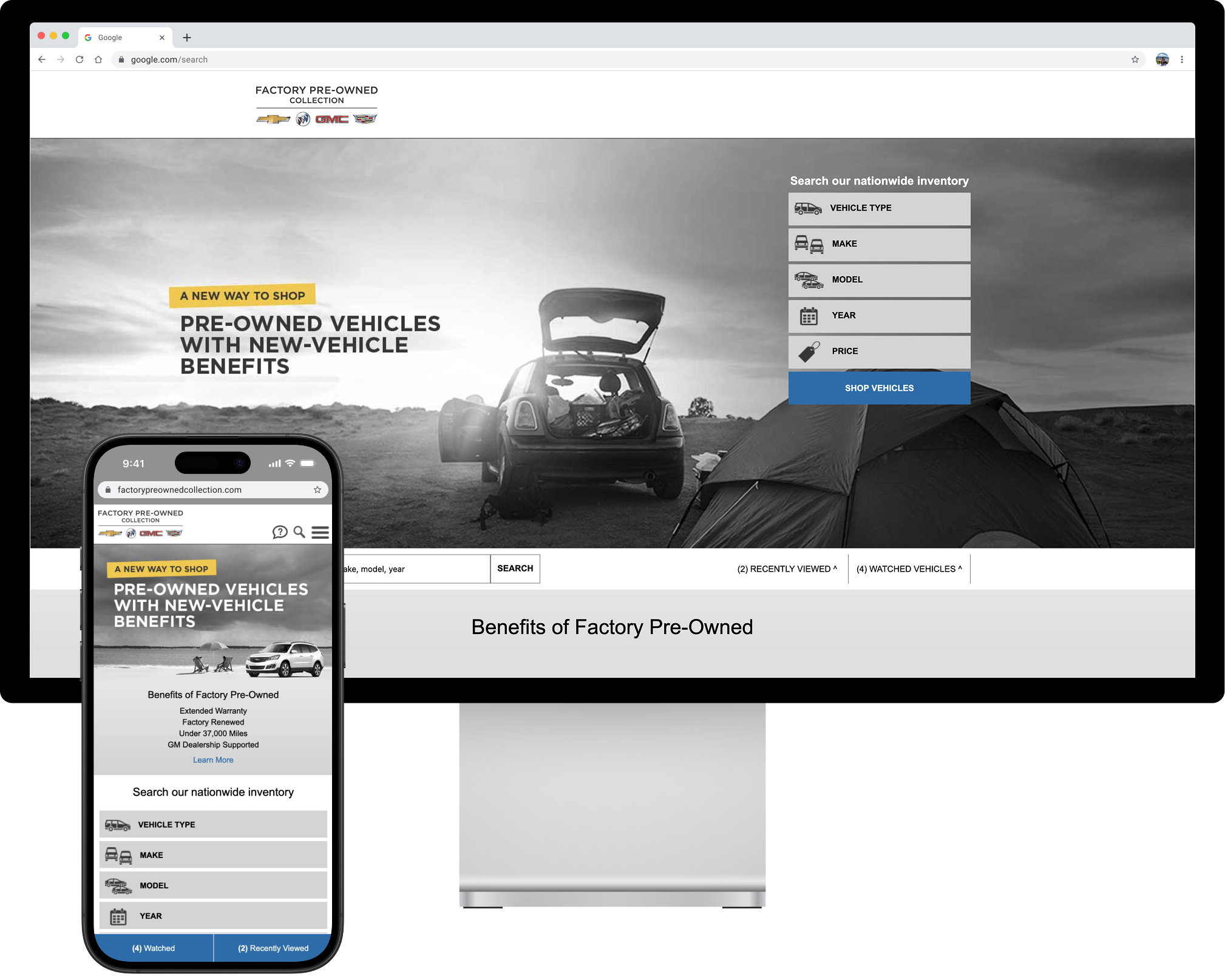
Factory Pre-Owned Collection
General Motors was experiencing a $300 million dollar gap in revenue due to an off-lease to resale issue. They approached several companies before landing on CDK Global to see what we could do to help stop this gap. I created a prototype to win the account, and then designed the solution!
See Next Project View all projects